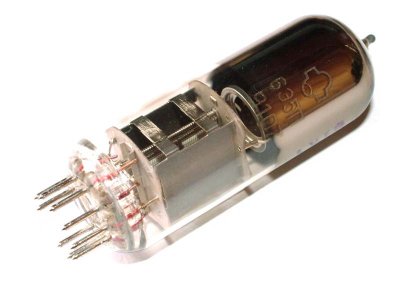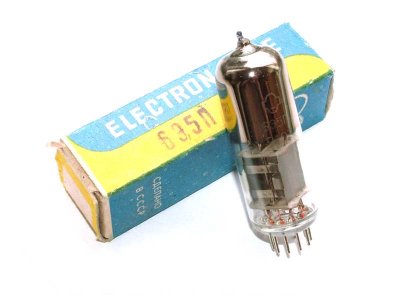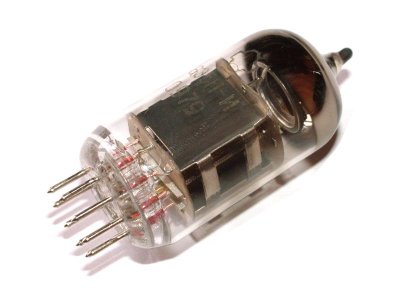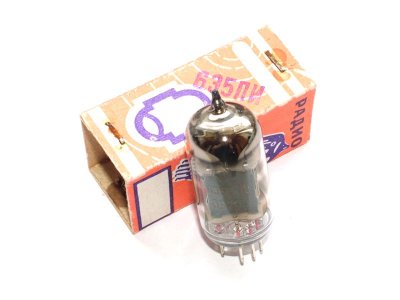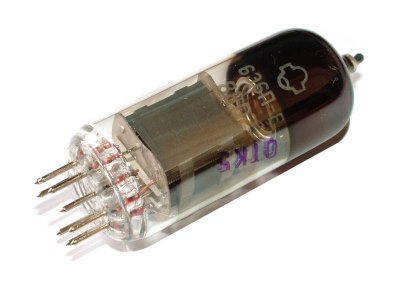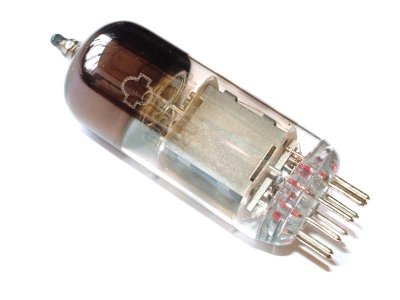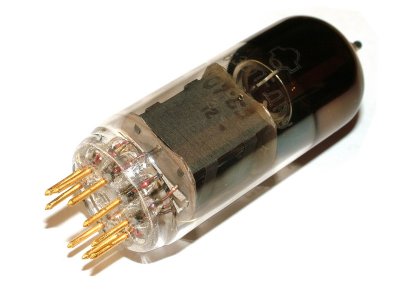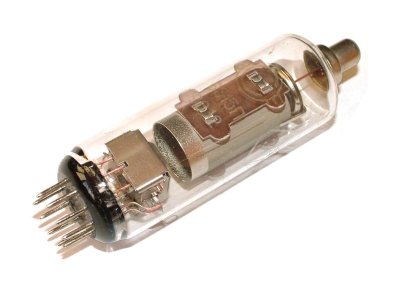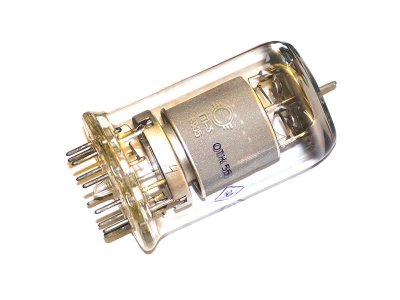Categories
Manufacturers
Bestsellers
Site news
Articles
Tetrode
Show:
A tetrode is an electronic device having four active electrodes. The term most commonly applies to a two-grid amplifying vacuum tube, also called a screen grid tube. It consists of a sealed evacuated glass envelope containing four electrodes in this order: a cathode heated by a filament, a control grid, a screen grid, and a plate.
The tube evolved from the triode tube, by the addition of the screen grid, which improved its electrical characteristics by reducing interelectrode capacitance. Walter Schottky invented the first double-grid tube in 1916, but his additional grid was to reduce space charge. The first true tetrode, with a screen grid designed to reduce grid-plate capacitance, was patented by Hiroshi Ando in 1919, and the first practical versions were built by N. H. Williams and Albert Hull at General Electric and Bernard Tellegen at Phillips in 1926. Tetrodes have higher gain and higher frequency capability than triodes, however the screen grid also gave the tube a negative resistance characteristic which could cause parasitic oscillations, which led to the invention of the pentode. Tetrodes were widely used as amplifying tubes in consumer and industrial electronic equipment such as radios and televisions until the 1960s when they were replaced by transistors. Their main use now is in high power industrial applications such as radio transmitters. Low power consumer tubes are still used in a few legacy and specialty vacuum tube audio devices such as tube guitar amplifiers.
(of
9
products)
Page(s):
(of
9
products)
Page(s):
Copyright 2007-2024
Tubes-Store Inc. All rights reserved.



